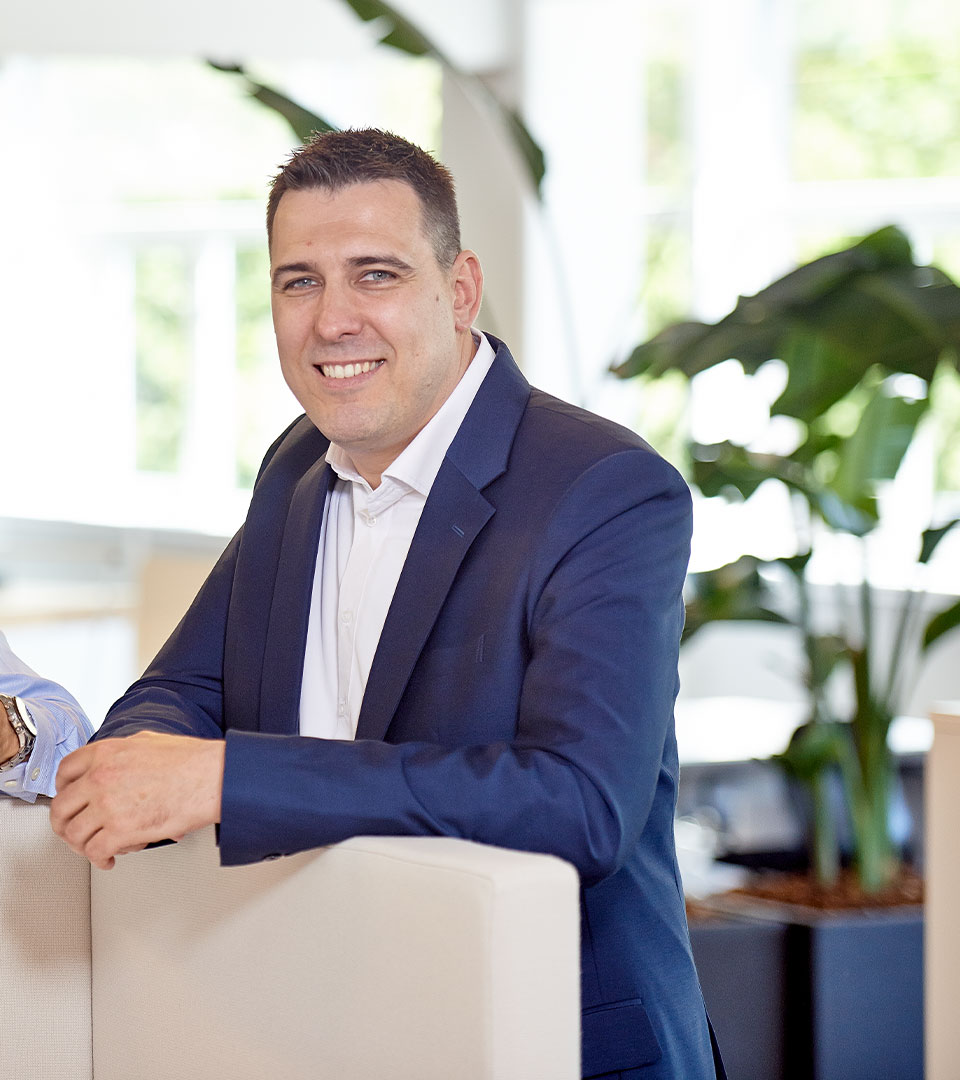After the billion-dollar merger: Microsoft Fabric and Power BI ensure insight into critical business data for Denmark's Export and Investment Fund
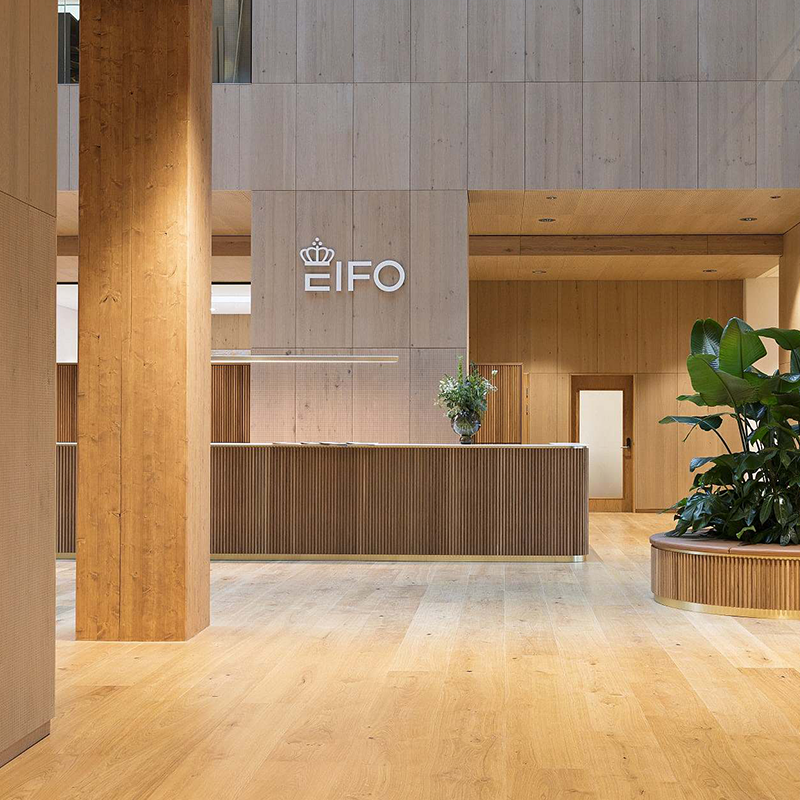
Data from eight source systems across three funds are now being cleaned, consolidated, modeled, and made available to EIFO's 450 employees. Microsoft Fabric is the data platform behind EIFO's new, improved business intelligence.
Mergers are easier thought than done. The journey from strategy to actually being one unified company is long, especially when it involves consolidating four professional systems, two ERP systems, and two CRM systems and ensuring credible figures.
Nevertheless, it has been successful for EIFO in collaboration with Inspari to develop one of the first and according to Microsoft, the largest Fabric data platform projects to date.
EIFO is the result of a merger between Denmark's Export Credit Fund (EKF), Growth Fund, and Denmark's Green Investment Fund. EIFO's loans to companies create and maintain about 20,000 jobs annually and result in a GDP contribution of 20.5 billion kroner. A true heavyweight in the Danish economy.
Valid data, correct credit and risk modeling, and an overview of critical business data are absolutely crucial.
In the reality EIFO finds itself in, a cohesive BI and data platform is no longer a luxury. It is a necessity and the key to success. When we have access to the same data at the same time, we come closer to one common EIFO truth.
Microsoft Fabric
as a new unifying platform
The most important thing for EIFO was the ability to manage the company. To give the top management layers a comprehensive overview of core business, activities, risks, costs, sales, and pipeline, etc. And to make data generally available. Both as finished reports and as 'semi-finished products', which EIFO's own data crunchers can use for statistical modeling, and forecasting. Where classic BI mostly looks backward, EIFO can now truly use data to look forward.
In the past, data had to be pulled from several business systems and on-prem SQL servers, after which it was manually merged in Excel and presented in PowerPoint. It was not just difficult. It was almost impossible. It required heavy, manual work, and often data could not be consolidated because it was based on different bases and terminologies.
The goal in Phase 1 was therefore to create credible management reporting with budgets, consumption figures, cost overviews, etc., based on uniform data.
It is a major achievement that we have taken a completely new tool (Fabric and Power BI) into use in a large, merged company and can deliver three such important reports to management with credible data. I am proud of that.
PoC on Microsoft Fabric
gave peace of mind
After an initial Proof-of-Concept on the possibilities and underlying functionalities of Microsoft Fabric and a parallel 'dictionary project', where all concepts, definitions, etc. were standardized, work on the new Microsoft Fabric data platform quickly began.
EIFO's data platform and Power BI support the business, but also increase the possibilities for advanced self-service throughout the organization. Both for the 'ordinary users' such as customer managers and support functions, but also for advanced analysts who need to use raw data and delimited workspaces and lakehouses for modeling, data science, machine learning, AI, etc.
Fabric's low-code, no-code environments, closeness with Python, which is an important 'language' in EIFO, and possibilities for self-service made Microsoft Fabric an obvious choice for EIFO.
We took off at full speed from the start because Inspari provided a team of experts who had worked hands-on in Fabric, OneLake, etc. They created a convincing PoC and a roadmap that we were comfortable with.
From internal vulnerability
to strong internal ownership
After the merger, the system technical landscape was muddy: EKF had on-premise SQL servers, its own ERP and professional system, and a Power BI ReportServer. And only one person employed who could maintain and develop.
Growth Fund came with Yellowfin BI, its own ERP, and several professional systems and did not have any dedicated resources internally who could develop and operate it. It was – in EIFO's own words – a bit vulnerable.
Quite the opposite is the case now. The new Microsoft Fabric platform not only consolidates data and displays them as BI reports, but also enables self-service disciplines such as analytics, data science, data lakes, data factory, etc.
Last, but not least, EIFO now has several key people who can develop and operate the new platform. They are less vulnerable, own the project and development themselves, and can support EIFO's future needs.
I am very excited about how well everything fits together now. How development, data, and reports work in one and the same platform. We used to have a lot of decentralized development. Now we have structured development environments where people can play and innovate without creating mess in the source systems.
Fertile ground, governance
and joy for the future
Now that definitions and concepts are aligned, all the basics are in place and the eight source systems are integrated into one universe, the cork has really popped off the ketchup bottle.
The project was just a few months old when several employees at EIFO knocked on the project group's door to "be involved." The wish list from the organization is already long.
For example, to build BI reports into the CRM system, so that customer managers, analysts, etc. save time and have 'One view of customer' and all loans, guarantees, and sureties in one place.
Governance, roles and rights, Azure consumption, monitoring, and error monitoring are important derived things that are now more under control.
The future is digital and data-driven for EIFO.
More Fabric inspiration? Here you go!
Efter milliardfusion: Microsoft Fabric og Power BI sikrer indsigt i kritiske forretningsdata i EIFO
Case
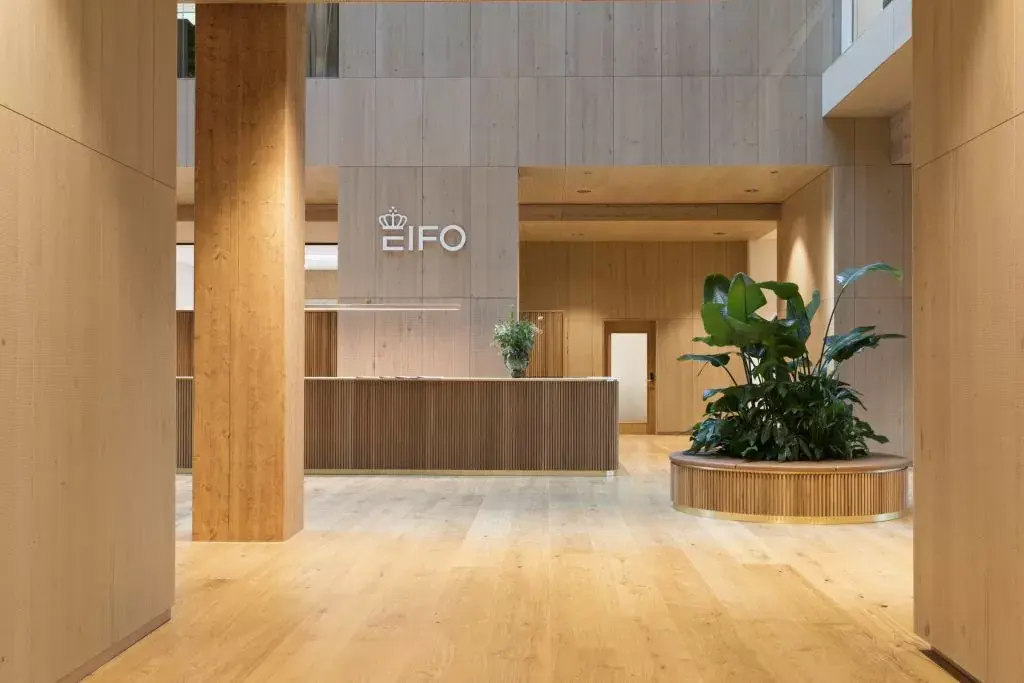
Webinar on-demand - Data-demokratisering igennem Data Governance
Webinar on-demand
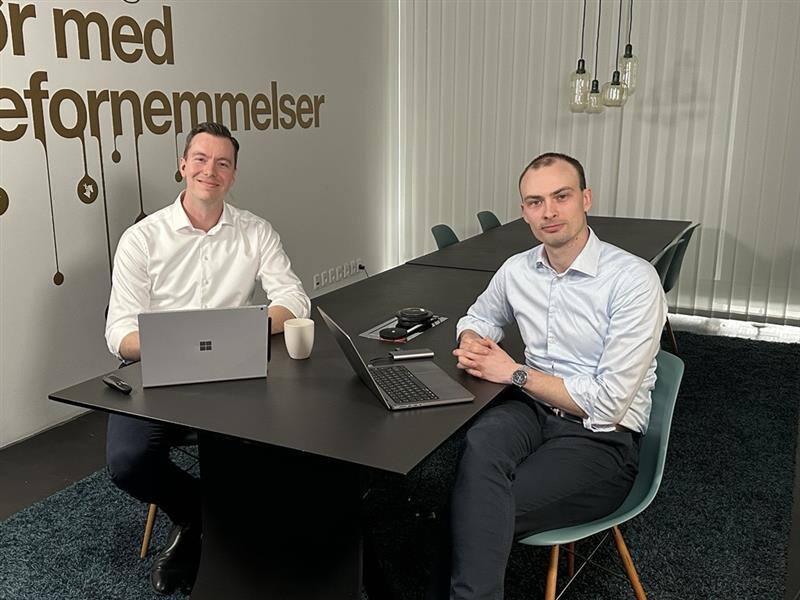
Kickstart jeres Microsoft Fabric-rejse med en struktureret Playbook
Webinar on-demand
.jpg)
Webinar on-demand - De vigtigste takeaways fra #FabConEurope 2025
Webinar on-demand
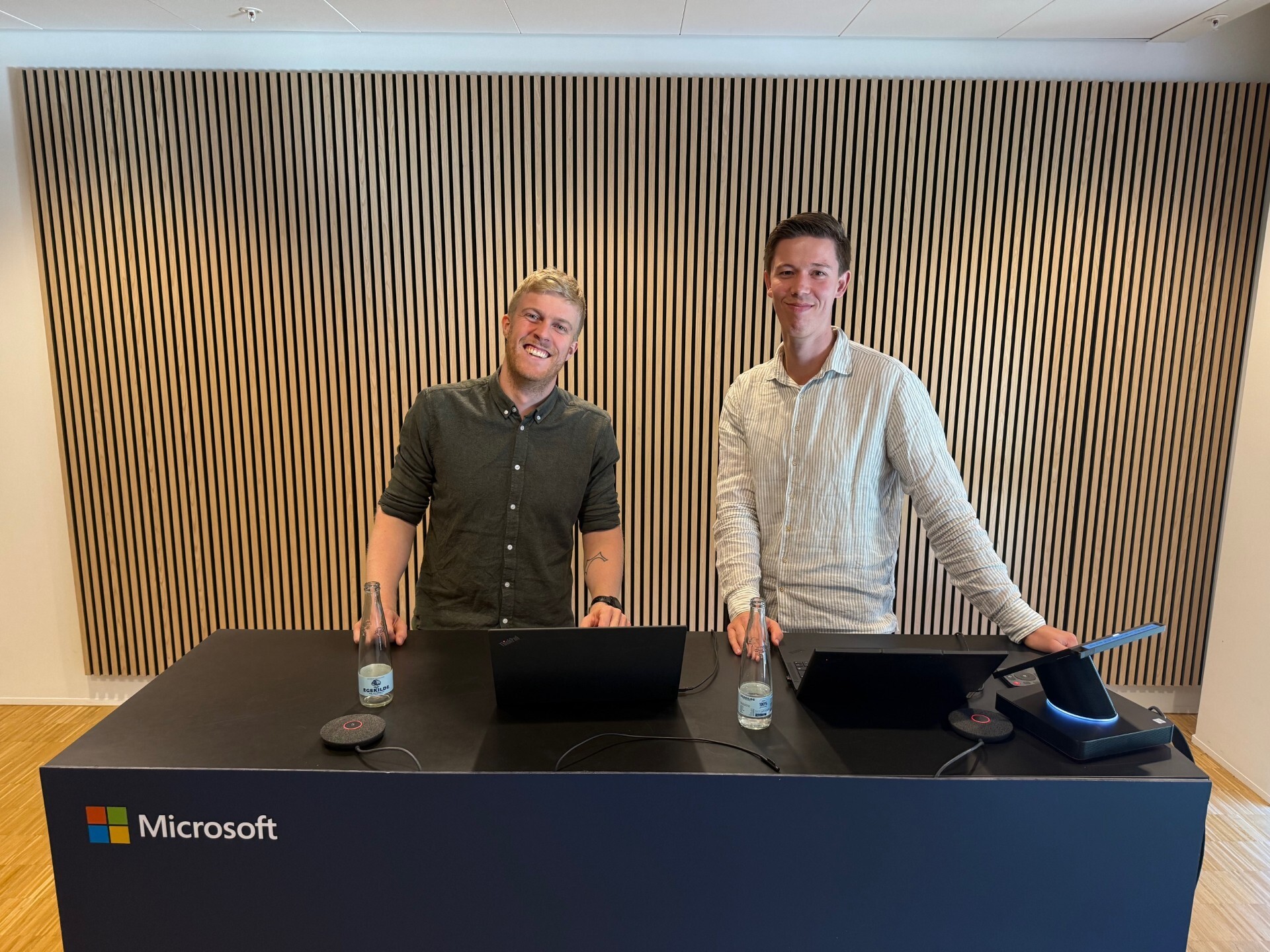
Introduktion til Microsoft Fabric
Webinar on-demand
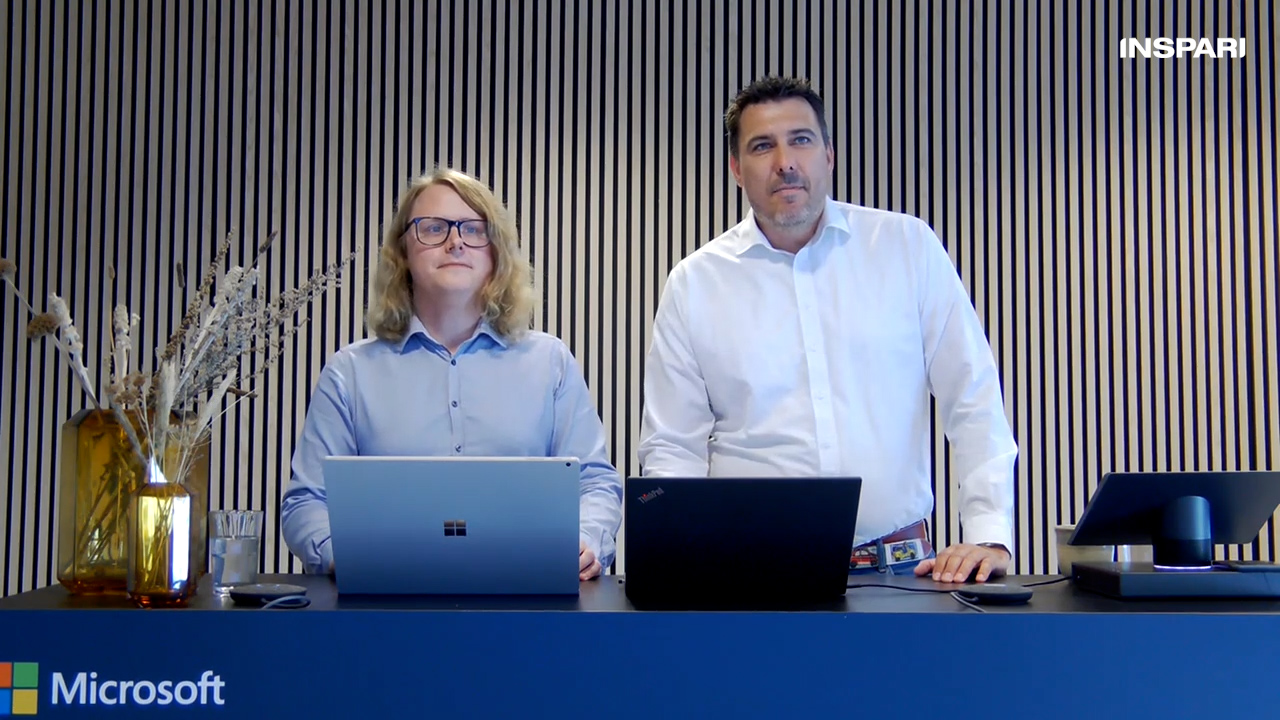
Microsoft Fabric - data analytics for the era of AI
Blog
